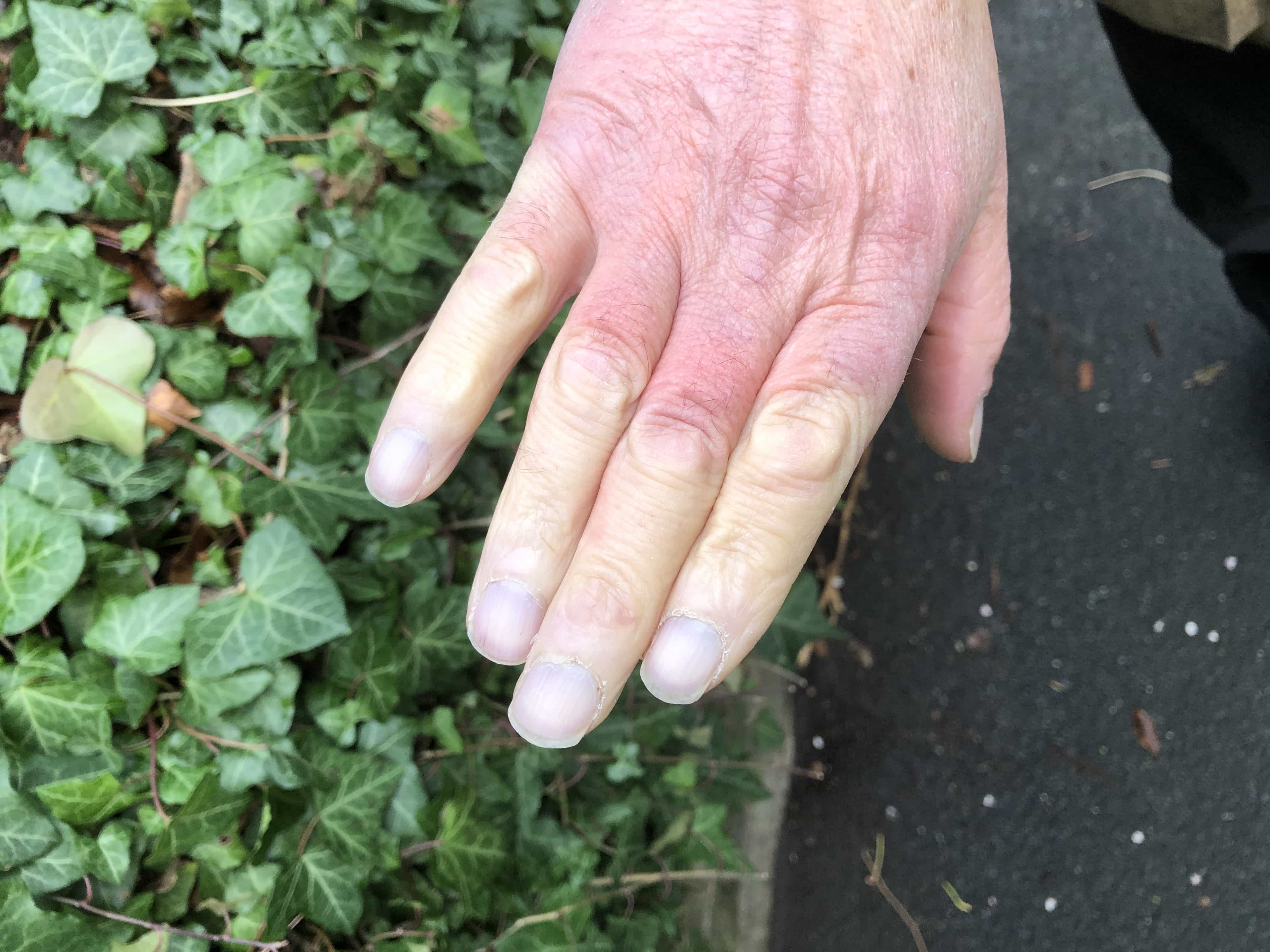5 symptoms to look out for if you have cold hands or cold fingers
5 symptoms to look out for with your hands to tell if you have Raynaud's
One in six people in the UK experience Raynaud's phenomenon. It's not life-threatening, but can in rare cases be an indicator of more serious conditions.
Knowing you have Raynaud's is the first step towards managing it, and making life much more comfortable. Look out for these five common symptoms in your hands to decipher whether or not you might be experiencing Raynaud's.
1. Cold hands and/or cold fingers
The most obvious symptom of Raynaud's is that you acutely feel the cold in extremities. Raynaud's can affect all extremities, though cold hands and feet are the most common starting points.
That said, just experiencing a chill in your hands and feet does not necessarily mean you have Raynaud's. Poor circulation and genetics can also be a factor. If you're concerned that you experience the cold abnormal amounts, check whether or not you have some of the other signs in this list, or speak to your GP.
2. Colour change in the fingers
These photos show what a Raynaud's attack can look like: fingers turning blue, hands turning white. This is one of the clearer signs that you might have Raynaud's.
3. Visible reactions to stress or anxiety
Though Raynaud's is most often associated with a drop in temperature, attacks can actually be triggered by stress as well. The phenomenon is caused by over-sensitive small blood vessels, which means they react in a similar way to stress as they do to cold.
If you've noticed that your hands display any of these symptoms when you're experiencing periods of enhanced stress, Raynaud's might be the culprit.
4. Numb, tingling, or painful hands
Everyone gets cold hands occasionally. What sets those with Raynaud's apart is the extent of the reaction. You might experience numb fingers, a tingling across your hands or fingertips, or even painful hands.
5. Stinging or painful fingers afterwards
After a Raynaud's attack, the blood vessels begin to relax and expand again, allowing blood to flow back into your extremities. Unfortunately, that can often mean that upon warming up or alleviating your stress, you'll encounter a stinging sensation or throbbing pain in your fingers or throughout your hands.
Find out more about Raynaud's phenomenon
If any of these symptoms sound familiar, we're here to help. Take our test to give you more clarity on whether or not you're experiencing Raynaud's. Alternatively, check out the resources below.
Do you have Raynaud's?
Raynaud's is a common condition affecting up to 10 million people in the UK. If you often have cold hands or feet, could you be living with this condition?
The Test is not designed for children. If your child has any Raynaud’s symptoms, they should see their doctor.

What is Raynaud's?
Learn more about Raynaud's: the different types, how you can manage the condition, and more.
